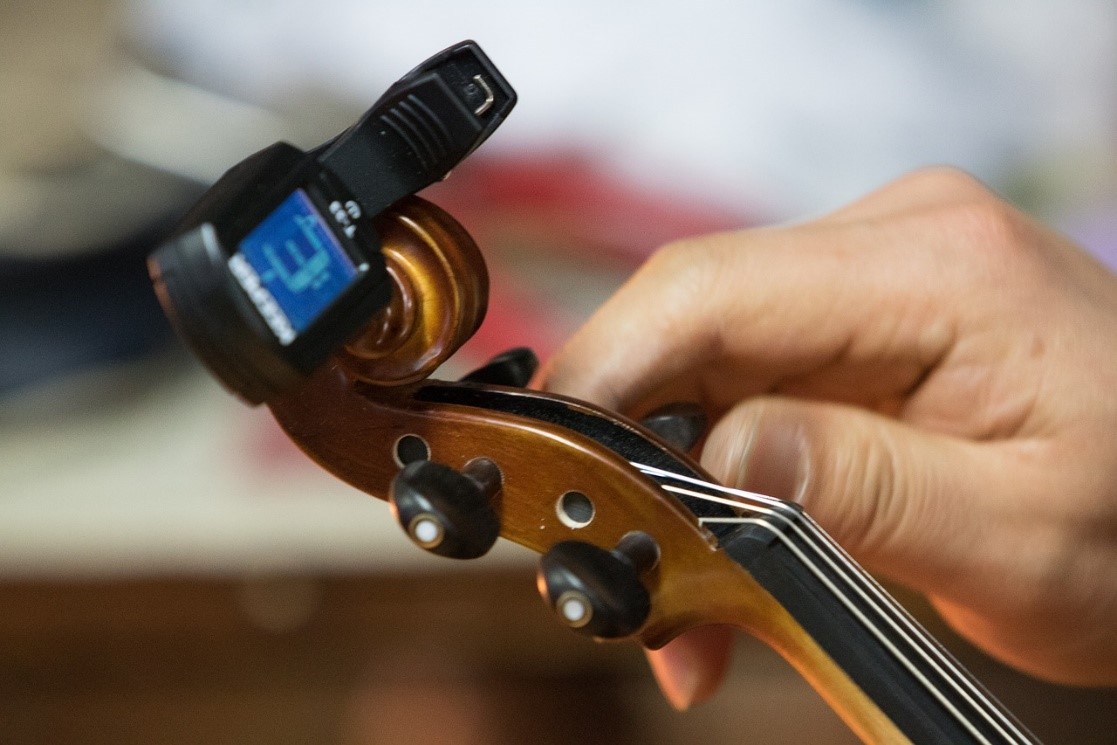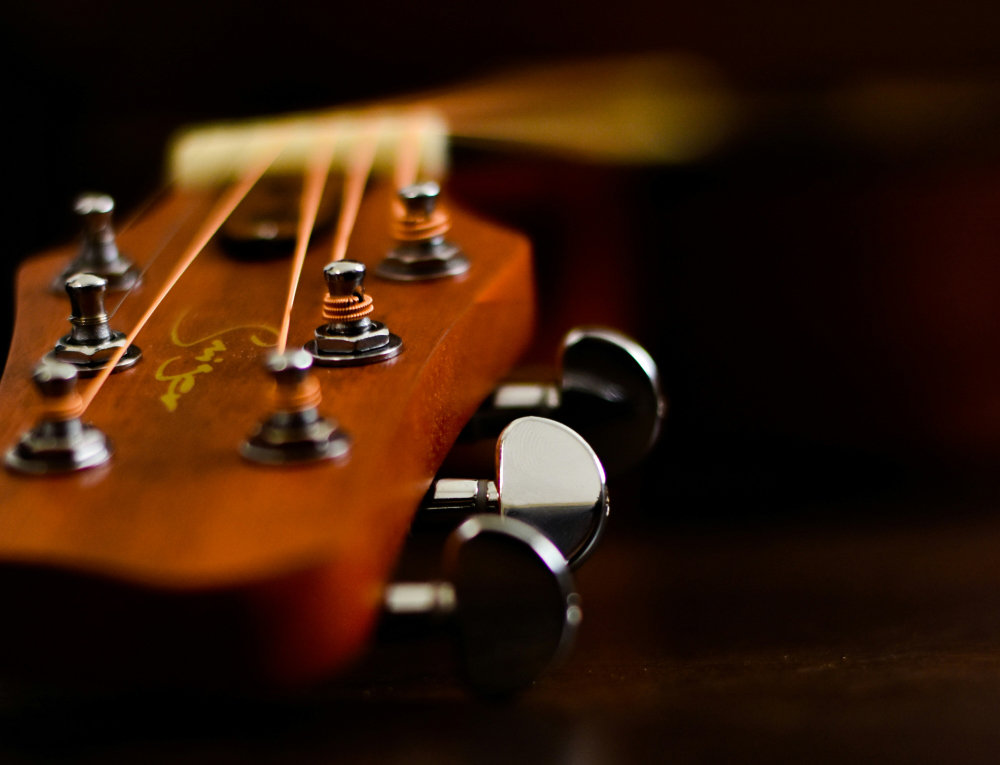Blog
“How to Tune and Adjust Your Instrument Like a Pro”
For musicians, ensuring that an instrument is properly tuned and adjusted is essential to achieving the best sound and performance. Whether you’re a guitarist, pianist, violinist, or drummer, the process of tuning and adjustment can elevate your playing. In this guide, we’ll cover the principles of tuning and adjusting various instruments, providing tips and tricks to make your instrument sing.
1. Understanding the Basics of Tuning
Tuning refers to setting the pitch of each note an instrument produces so that it matches a standard reference, typically A440 (440 Hz). Here’s how different types of instruments approach tuning:
String Instruments
- Guitar/Bass: Use an electronic tuner or tuning app for accuracy. Start with the low E string and work your way up to the high E. Adjust the tuning pegs to tighten or loosen the string.
- Violin/Cello: Tune each string with fine tuners or pegs, listening for the correct pitch. Double-check with harmonics or a tuner.
Wind Instruments
- Brass: Adjust the tuning slides to lengthen or shorten the air column, affecting pitch.
- Woodwinds: Alter the position of the reed or mouthpiece for slight pitch adjustments.
Percussion
- Drums: Tighten or loosen the drumhead tension rods. Aim for even tension around the drumhead for a balanced tone.
Keyboard Instruments
- Piano: This requires a professional piano tuner, as it involves adjusting individual string tensions with a tuning lever.
2. Fine-Tuning Techniques
Fine-tuning goes beyond basic tuning to achieve optimal sound. Here are some advanced techniques:
- Harmonic Tuning (Guitar/Violin): Use natural harmonics to tune strings more precisely. Compare harmonic pitches across strings.
- Embouchure Adjustment (Wind Instruments): Small changes in embouchure (mouth position) can help refine pitch.
- Equal Tension (Drums): Use a drum key to ensure each lug has equal tension. Tap around the drumhead to hear consistency.
3. Instrument Maintenance for Optimal Performance

Regular maintenance is key to keeping your instrument in top shape:
- Strings: Replace worn strings regularly for consistent tone.
- Reeds: Use fresh reeds to avoid inconsistencies.
- Lubrication: Apply valve oil (brass) or cork grease (woodwinds) for smooth operation.
- Cleaning: Keep the instrument clean to prevent buildup that affects sound quality.
4. Adjusting Your Instrument for Playability
Making adjustments to your instrument can enhance its comfort and response:
Guitar and Bass
- Action Adjustment: Lower or raise the string height by adjusting the bridge or truss rod.
- Intonation: Check that each note plays in tune across the fretboard. Adjust the saddles if necessary.
Bowed Instruments
- Bow Tension: Tighten or loosen the bow hair for the desired resistance.
- Bridge Placement: Ensure the bridge is centered and upright for optimal string vibration.
Drums
- Head Tuning: Adjust the top and bottom drumheads for desired tone. Experiment with muffling to control resonance.
Pianos
- Damper Adjustment: Ensure the dampers lift uniformly for smooth sustain.
5. Troubleshooting Common Issues
Even with proper tuning and adjustment, issues can arise:
- String Buzz (Guitar): Check for uneven frets or adjust the truss rod.
- Air Leaks (Woodwinds): Inspect pads and corks for damage.
- Uneven Tension (Drums): Retune the drumhead evenly.
- Sticking Keys (Piano): Clean and lubricate the action mechanism.
6. Tools and Resources for the Job
Investing in the right tools can make tuning and adjustment easier:
- Tuners: Chromatic tuners or apps for precise tuning.
- Metronomes: Maintain consistent rhythm during practice.
- Instrument-Specific Kits: Tools designed for string changes, adjustments, or repairs.
-
- String Buzz (Guitar): Check for uneven frets or adjust the truss rod.
- Air Leaks (Woodwinds): Inspect pads and corks for damage.
- Uneven Tension (Drums): Retune the drumhead evenly.
- Sticking Keys (Piano): Clean and lubricate the action mechanism.
Even with proper tuning and adjustment, issues can arise:
7. When to Seek Professional Help
While many adjustments can be done at home, certain tasks require expert knowledge:
- Piano Tuning: Best left to a professional technician due to the complexity.
- Major Repairs: Cracks, broken keys, or structural damage need expert handling.
- Specialized Adjustments: Advanced bow rehairing or bridge carving for string instruments.
Making adjustments to your instrument can enhance its comfort and response: Guitar and Bass
Guitar and Bass
- Action Adjustment: Lower or raise the string height by adjusting the bridge or truss rod.
- Intonation: Check that each note plays in tune across the fretboard. Adjust the saddles if necessary.
Bowed Instruments
- Bow Tension: Tighten or loosen the bow hair for the desired resistance.
- Bridge Placement: Ensure the bridge is centered and upright for optimal string vibration.
Drums
- Head Tuning: Adjust the top and bottom drumheads for desired tone. Experiment with muffling to control resonance.
When to Seek Professional Help
While many adjustments can be done at home, certain tasks require expert knowledge:
- Piano Tuning: Best left to a professional technician due to the complexity.
- Major Repairs: Cracks, broken keys, or structural damage need expert handling.
- Specialized Adjustments: Advanced bow rehairing or bridge carving for string instruments.
8. Developing Your Ear for Tuning
One of the most valuable skills a musician can develop is the ability to tune by ear. While electronic tuners are incredibly helpful, training your ear allows you to:
- Identify subtle pitch differences.
- Adjust on the fly during performances.
- Tune in environments where technology might not be available.
Tips for Ear Training
- Practice with Intervals: Learn to recognize the sound of perfect fifths, octaves, and other intervals.
- Use Reference Notes: Play a reference pitch and match your instrument to it.
- Sing the Notes: Vocalizing the desired pitch can help internalize the sound before tuning your instrument.
- Work with Harmonics: On string instruments, harmonics can provide a clear, resonant pitch to guide tuning.
Conclusion
Tuning and adjusting your instrument like a pro requires patience, practice, and the right tools. By understanding the mechanics of your instrument and dedicating time to its care, you can achieve a sound that is not only harmonious but also uniquely yours. Whether you’re on stage or in the practice room, a well-tuned and adjusted instrument is the foundation of great music.
Tuning and adjusting your instrument like a pro requires patience, practice, and the right tools. By understanding the mechanics of your instrument and dedicating time to its care, you can achieve a sound that is not only harmonious but also uniquely yours. Whether you’re on stage or in the practice room, a well-tuned and adjusted instrument is the foundation of great music.


